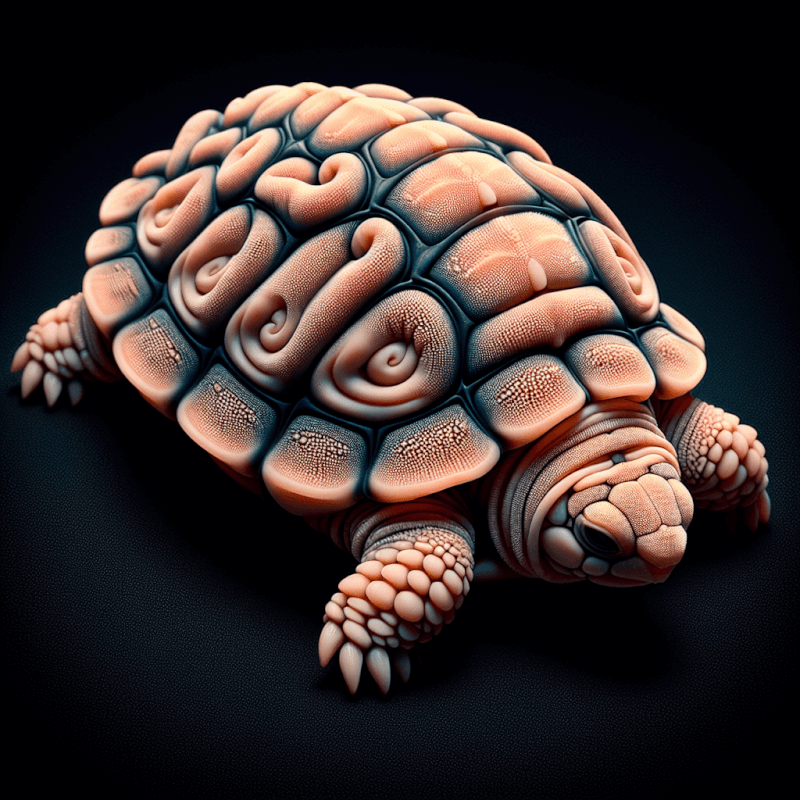Have you ever wondered why your turtle’s shell is soft? It’s a common concern for turtle owners, but don’t worry, there’s usually a logical explanation behind it. In this article, we’ll explore the reasons why a turtle’s shell may be soft and provide insights on how to keep their shells strong and healthy. So if you’re curious about why your turtle’s shell feels a bit squishy, keep reading to find out more!
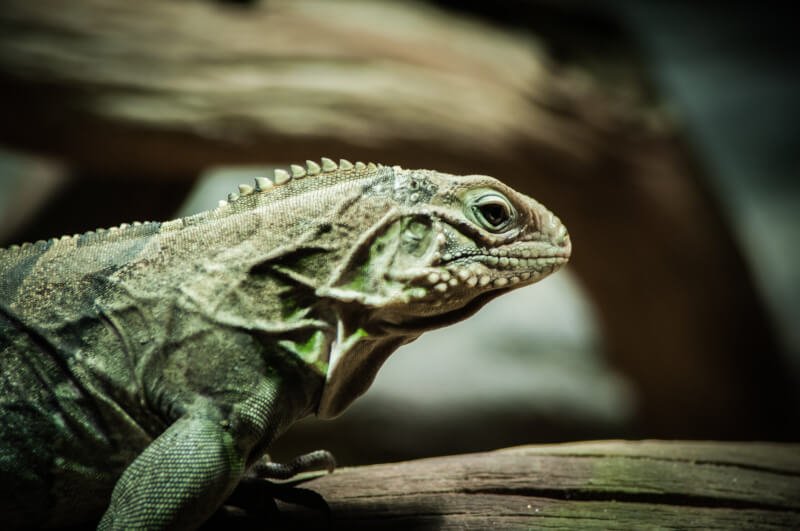
Causes of soft turtle shell
Soft turtle shells, also known as soft shell syndrome or soft shell disease, can occur in turtles for various reasons. Understanding the causes of soft shell is crucial in order to prevent and treat this condition. Here are the main factors that can lead to a soft shell in turtles.
Insufficient calcium intake
One of the primary causes of soft turtle shell is an inadequate intake of calcium. Calcium is essential for the proper development and maintenance of a turtle’s shell. When a turtle does not obtain enough calcium from its diet, it can weaken the shell structure and lead to softness.
Vitamin deficiencies
Vitamin deficiencies, particularly vitamin D and vitamin A deficiencies, can also contribute to the development of soft turtle shell. Vitamin D is necessary for the absorption and utilization of calcium, while vitamin A plays a crucial role in maintaining the integrity of the shell.
Metabolic bone disease
Metabolic bone disease is a condition that affects the proper metabolism of calcium and other minerals in a turtle’s body. This disease can result from long-term calcium and vitamin deficiencies, lack of exposure to natural sunlight or UVB light, or improper diet. Metabolic bone disease can weaken the turtle’s bones and eventually lead to a soft shell.
Injury or trauma
Physical injuries or trauma to a turtle’s shell can cause softness to develop. These injuries can occur from falls, collisions, or attacks by predators. If the shell is injured, it may not be able to develop or maintain its proper hardness, resulting in a soft shell.
Lack of UVB light exposure
UVB light is critical for the synthesis of vitamin D in a turtle’s body, which is essential for calcium absorption and healthy bone development. Insufficient exposure to UVB light, either due to inadequate lighting in the turtle’s habitat or limited access to natural sunlight, can lead to soft shell syndrome.
Insufficient calcium intake
The importance of calcium for shell development cannot be overstated. Calcium is a vital mineral that forms the foundation of a turtle’s shell. Without sufficient calcium, the shell becomes weak and pliable.
A lack of calcium-rich foods in a turtle’s diet can contribute to soft shell development. Turtles require a balanced diet that includes calcium-rich sources such as kale, collard greens, and calcium supplements specifically formulated for turtles. Inadequate access to these calcium sources can lead to a deficiency and subsequent soft shell.
Additionally, an incorrect diet or nutritional imbalance can also disrupt calcium absorption and utilization in a turtle’s body. Turtles should be provided with a variety of foods that meet their specific dietary requirements to ensure they receive the necessary calcium for shell health.
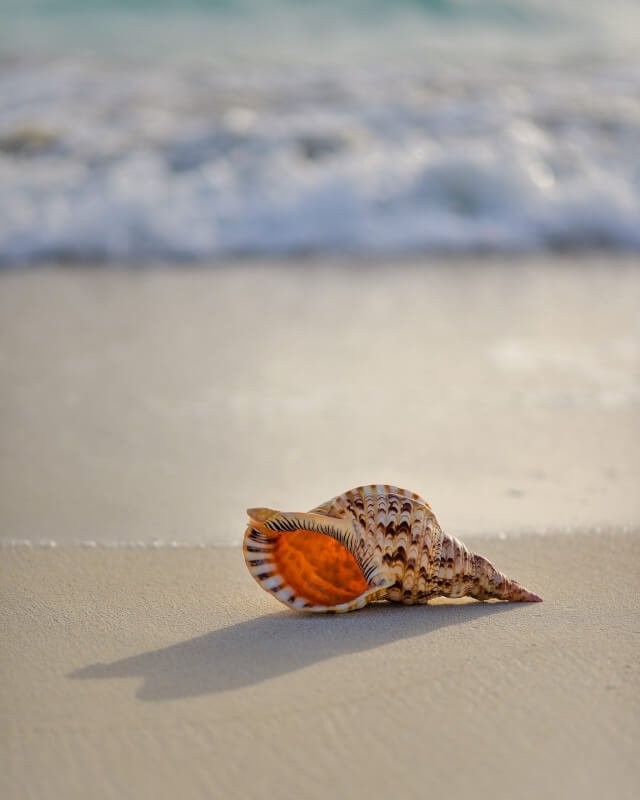
Vitamin deficiencies
Vitamin D deficiency is a common cause of soft shell in turtles. Vitamin D is crucial for the absorption of calcium from the digestive system and its utilization in bone formation. Without adequate vitamin D, calcium cannot be properly absorbed and incorporated into the shell, resulting in softness.
Similarly, vitamin A deficiency can also impact shell health. Vitamin A is necessary for the growth and maintenance of the shell, as it promotes healthy cell development and prevents abnormalities. A lack of vitamin A can weaken the shell structure and contribute to soft shell syndrome in turtles.
Metabolic bone disease
Metabolic bone disease is a condition that affects the overall bone health of turtles. It occurs when there is a disruption in the normal metabolism of minerals like calcium and phosphorus. Turtles with metabolic bone disease often have weakened bones and are more prone to developing a soft shell.
Various factors can contribute to the development of metabolic bone disease in turtles. Long-term calcium and vitamin deficiencies, improper diet, lack of UVB light exposure, and genetic predisposition can all play a role in the onset of this condition. Metabolic bone disease can have detrimental effects on a turtle’s health, including softening of the shell as a visible symptom.
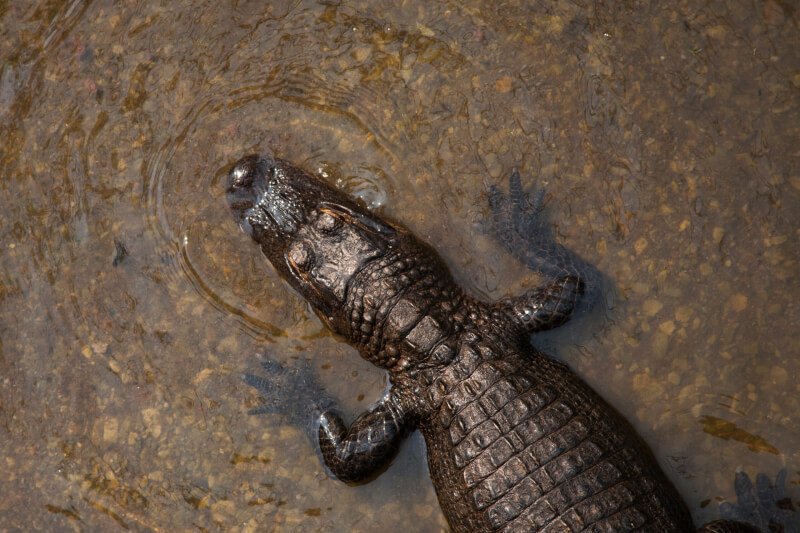
Injury or trauma
Physical injuries or trauma to a turtle’s shell can result in soft shell development. These injuries may be the result of falls, collisions, or attacks by predators. When the shell is damaged, the turtle’s body may divert resources from shell development to promote healing, leading to a softer shell structure.
In addition to external injuries, shell infections or diseases can also contribute to the development of soft shell. Infections can weaken the shell, making it more susceptible to damage and softening.
Lack of UVB light exposure
UVB light plays a crucial role in maintaining the health and hardness of a turtle’s shell. Natural sunlight and artificial UVB lighting provide turtles with the necessary UV radiation to produce vitamin D. Without adequate exposure to UVB light, turtles may not be able to produce enough vitamin D, leading to poor calcium absorption and subsequent soft shell syndrome.
Insufficient exposure to UVB light can occur due to inadequate lighting in the turtle’s habitat, such as using only incandescent bulbs instead of specialized UVB bulbs. Additionally, limited access to natural sunlight, especially in indoor-housed turtles, can contribute to the lack of UVB light exposure and increase the risk of soft shell development.
Providing proper lighting that includes UVB radiation is essential to ensure a turtle’s shell health and prevent the softening of the shell.
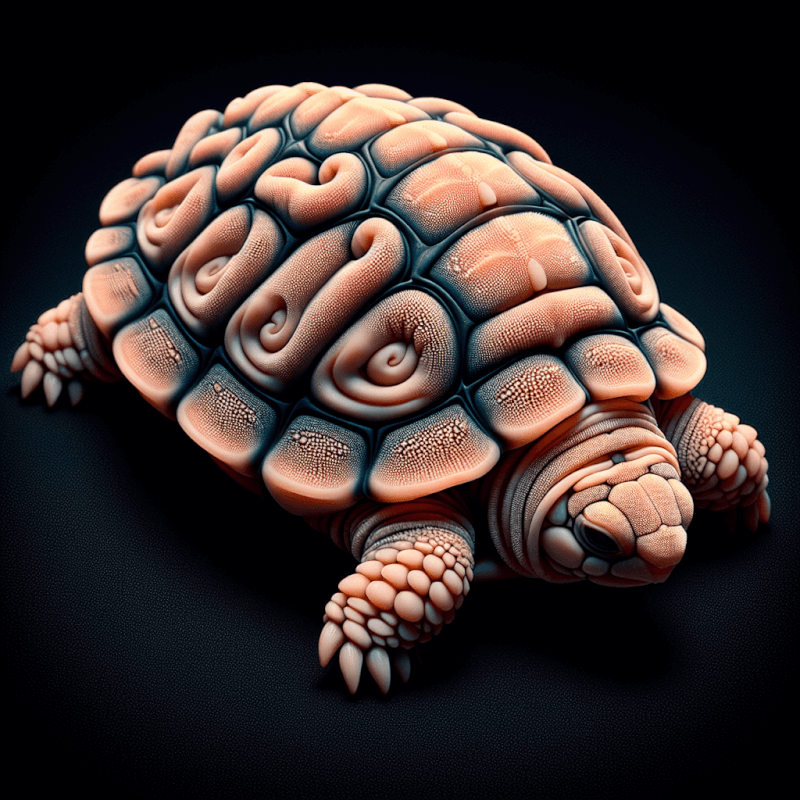
Symptoms of soft shell
Recognizing the symptoms of soft shell is crucial in order to provide prompt care and treatment for affected turtles. Here are some common signs of soft shell syndrome:
Flexibility
A soft shell will exhibit greater flexibility compared to a healthy, rigid shell. If you notice that your turtle’s shell is unusually pliable or bends too easily, it may be a sign of soft shell.
Indentations or deformities
Soft shell turtles may display indentations or deformities on their shells. These abnormalities can result from the lack of proper shell formation due to calcium or vitamin deficiencies.
Discoloration
Soft shell can sometimes manifest as shell discoloration. The shell may appear dull, discolored, or have patches of uneven coloration. These changes in color can be indicative of underlying deficiencies or health issues affecting the shell.
Softness to touch
The most obvious symptom of soft shell is the softness of the shell itself. If you are able to gently press on the shell and feel a lack of hardness or resistance, it may indicate soft shell syndrome.
While these symptoms are indicative of soft shell, it is important to consult a veterinarian for an accurate diagnosis and appropriate treatment.
Diagnosing soft shell
If you suspect that your turtle has a soft shell, a veterinarian will need to perform a thorough examination and diagnostic tests to confirm the condition. Here are some common methods used to diagnose soft shell in turtles:
Physical examination
During a physical examination, the veterinarian will assess the turtle’s overall health and examine the shell for signs of softness, deformities, or discoloration. They may gently press on the shell to determine its firmness and assess any abnormalities.
Blood tests
Blood tests can provide valuable information about the turtle’s calcium and vitamin levels. These tests can help identify deficiencies or imbalances that may contribute to soft shell development.
Radiography
Radiography, or X-ray imaging, may be performed to visualize the internal structure of the turtle’s shell. This can help determine the extent of softening and identify any underlying issues or injuries affecting the shell.
Through a combination of these diagnostic methods, veterinarians can accurately diagnose soft shell and develop an appropriate treatment plan.
Treating soft shell
Treating a soft shell in turtles involves addressing the underlying causes and providing the necessary nutrients and environmental conditions for shell health. Here are some common treatment approaches for soft shell syndrome:
Adjusting the diet
If inadequate calcium intake or nutritional imbalances are contributing to soft shell, adjusting the turtle’s diet is crucial. A veterinarian or a reptile nutritionist can provide guidance on the appropriate calcium-rich foods and supplements to include in the turtle’s diet to promote shell health.
Supplementing with calcium and vitamins
Supplementing with calcium and vitamins, particularly vitamin D and vitamin A, may be necessary to correct deficiencies and support shell development. These supplements can be administered orally or incorporated into the turtle’s food. It is important to follow the recommended dosage provided by a veterinarian to avoid over-supplementation.
Providing UVB light exposure
To address soft shell caused by a lack of UVB light exposure, it is essential to provide appropriate lighting in the turtle’s habitat. Using specialized UVB bulbs or allowing the turtle supervised access to natural sunlight can help ensure the necessary UV radiation for vitamin D synthesis and calcium absorption.
Addressing underlying health issues
If soft shell is a symptom of an underlying health problem, such as metabolic bone disease, it is important to address and treat the underlying condition. This may involve additional diagnostic tests, medications, or veterinary interventions tailored to the specific health issue.
The treatment plan for soft shell will depend on the individual turtle’s condition and health needs. Consulting with a veterinarian experienced in reptile care is crucial to develop an effective treatment strategy.
Preventing soft shell
Prevention is key when it comes to maintaining a turtle’s shell health and avoiding the development of soft shell syndrome. Here are some preventive measures you can take:
Proper diet and nutrition
Ensure that your turtle’s diet consists of a variety of foods that meet its specific nutritional needs, including calcium-rich sources. Seek advice from a veterinarian or reptile nutritionist to develop a well-balanced diet plan that supports shell health.
UVB lighting and habitat setup
Provide your turtle with proper UVB lighting in its habitat to ensure adequate exposure to UV radiation. Use specialized UVB bulbs that emit the appropriate wavelengths, and make sure the turtle can access the light source. Additionally, create a suitable habitat setup that includes areas for basking, hiding, and maintaining appropriate humidity levels.
Regular vet check-ups
Regular veterinary check-ups are essential to monitor your turtle’s overall health and detect early signs of any issues, including soft shell syndrome. Schedule routine examinations and follow the veterinarian’s recommendations for preventative care and monitoring.
Avoiding physical injuries
Take precautions to prevent physical injuries to your turtle’s shell. Providing a secure and safe environment, minimizing handling, and avoiding potential hazards, such as sharp objects or aggressive tank mates, can help reduce the risk of shell damage and subsequent soft shell development.
By implementing these preventive measures, you can significantly reduce the likelihood of soft shell in your turtle and promote optimal shell health.
In conclusion, soft turtle shell, or soft shell syndrome, can occur due to various causes such as insufficient calcium intake, vitamin deficiencies, metabolic bone disease, injury or trauma, and lack of UVB light exposure. Recognizing the symptoms, obtaining an accurate diagnosis, and implementing appropriate treatment and prevention strategies are essential for maintaining a turtle’s shell health. Remember to consult with a veterinarian experienced in reptile care for personalized advice and guidance specific to your turtle’s needs. With proper care and attention, you can ensure your turtle’s shell remains strong and healthy throughout its life.

